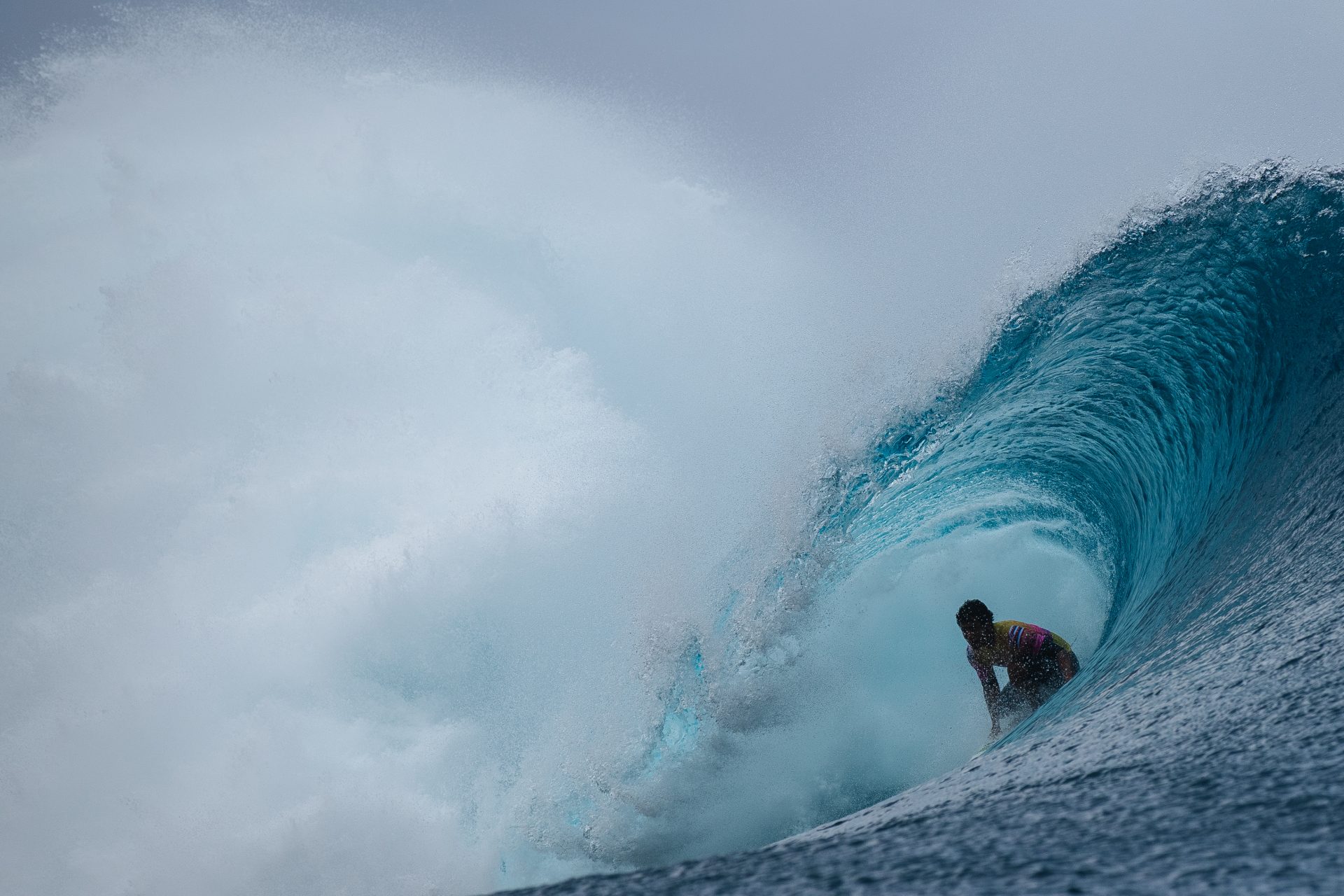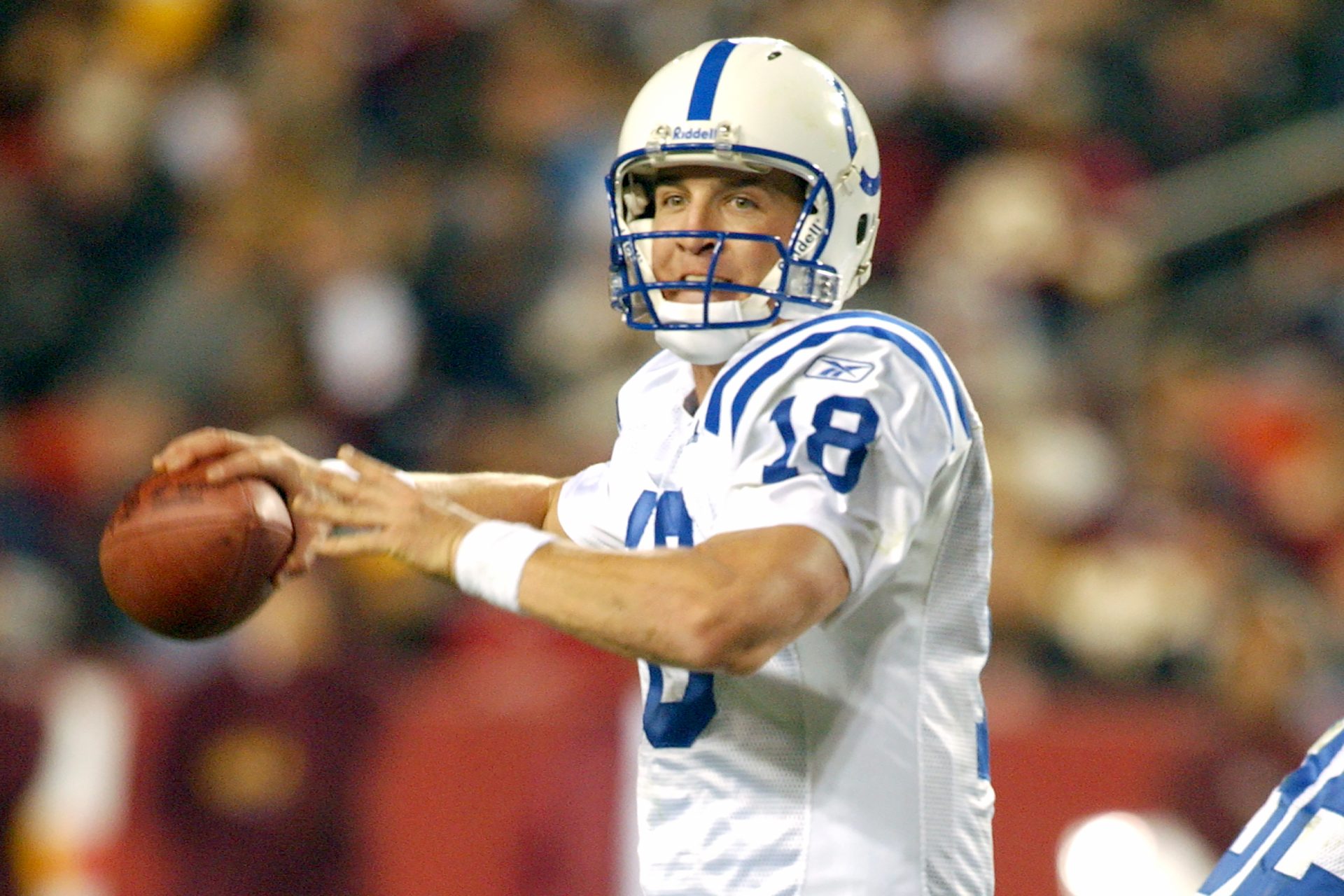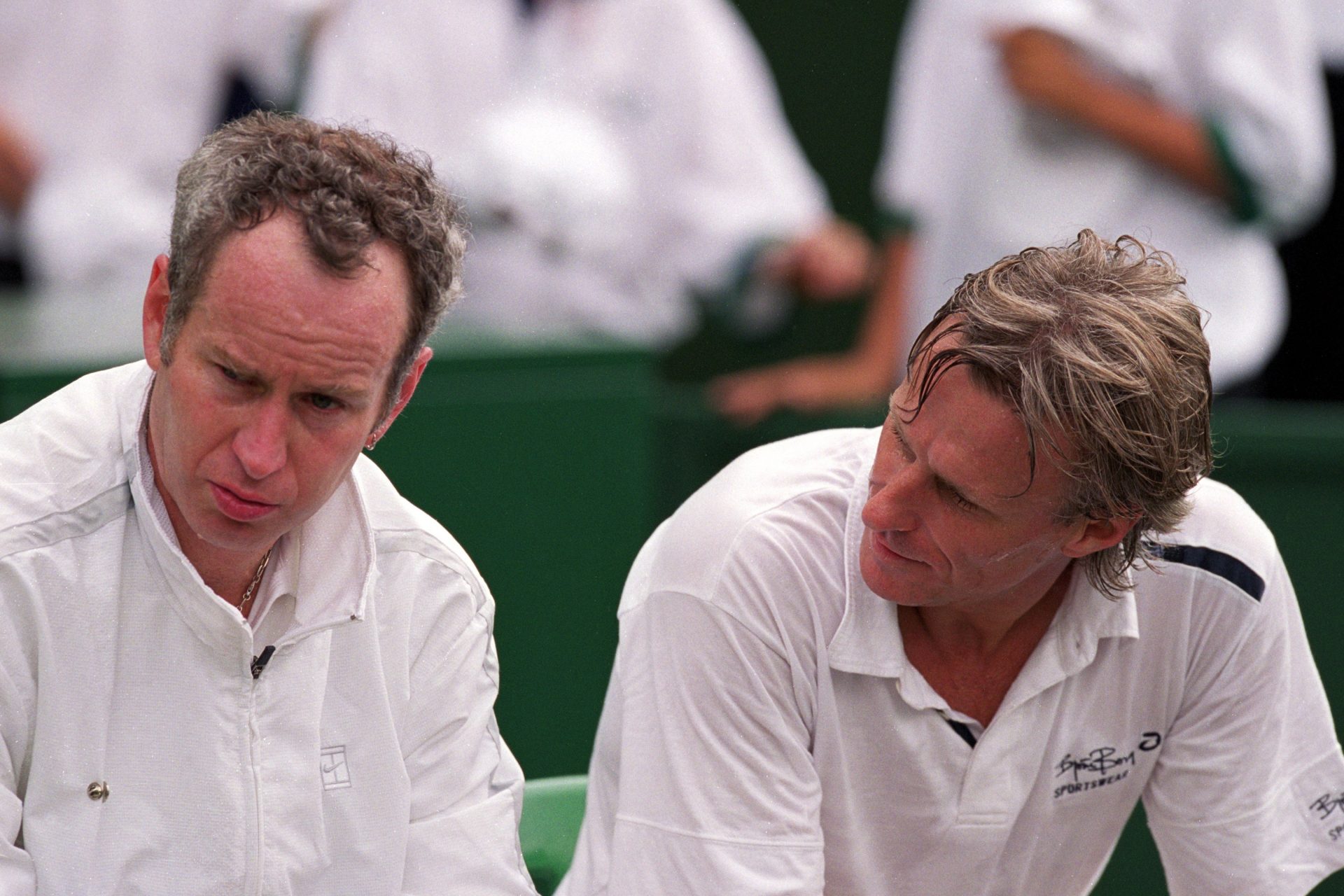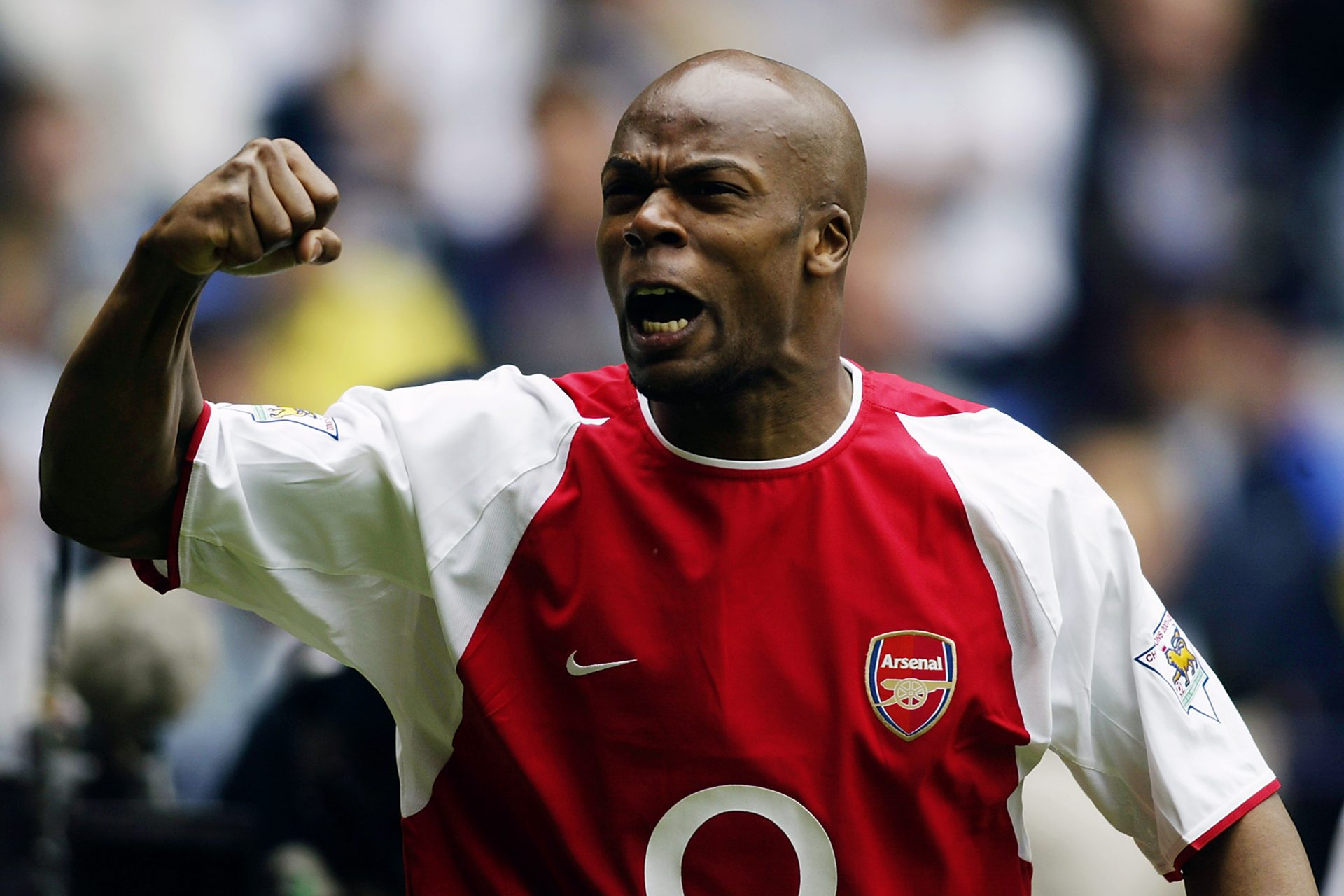Surfing the most dangerous waves in the world
Big wave surfing is arguably one of the most challenging sports known to man. Riding waves that reach heights of 20ft (6 meters) or more is no joke! Surfers will push their limits as they face the raw power of the ocean in some of the most dangerous conditions on earth.
Pe’ahi, also famously known as Jaws, is a powerful surf break located on the northern shore of Maui, Hawaii. Renowned for producing some of the largest and most dangerous waves on the planet, it attracts elite surfers from around the globe. The name "Pe’ahi" fittingly means "wave" in the Hawaiian language, reflecting its reputation as a true force of nature in the surfing world.
The Jaws surf break lies hidden between unpaved roads that lead north from the Hana Highway, towards a rugged beachfront. When Maui surfers John Roberson, John Potterick, and John Lemus were surfing the breaking in 1975, the surfers noticed the radical transformation of the wave and baptized it as ‘Jaws’, comparing it to the unpredictability of a shark attack.
Want to see more like this? Follow us here for daily sports news, profiles and analysis!
The water depth in the trench is more than 100ft deep, and right next to it is the shallow reef which is only 20ft deep. When surfing such daunting waves, there is very little margin of error.
The wave sizes at Jaws can vary from 30-80 ft during the months of December to March, attracting big wave surfers like Lair Hamilton and Dave Kalama. Depending on the wave's size, tow-in surfing may be an alternative technique used to catch bigger waves.
Mavericks is a renowned surfing location in northern California outside Pillar Point Harbor, just north of Half Moon Bay. The gigantic wave has an ever-growing reputation for its extreme power and dangerous conditions. After strong winter storms in the Pacific Ocean, waves around Half Moon Bay can crest over 25-60ft, depending on the swell.
The break forms right outside an unusually shaped underwater rock formation, a very powerful wave that registers in seismometers when it breaks. Mavericks is a winter destination for some of the world's best big-wave surfers. Since 1999, there has been an annual (invitation-only) contest called the Titans of Mavericks.
In early March 1967, Alex Matienzo alongside his friends Jim Thompson and Richard Notmeyer paddled out to surf the distant waves off Pillar Point. With them was Matienzo’s roommate’s German shepherd, Maverick, who regularly swam with them while surfing. While the three surfers charged out at sea into the cold Northern California waters, Maverick tagged along swimming right behind them.
The surfers felt the conditions in the water were too unsafe for the dog and decided to tie him up before rejoining the others. The surfers enjoyed the overhead peaks near shore but deemed the bigger outside waves too dangerous. The group later named the location Maverick.
Jeff Clark grew up in Half Moon Bay, watching Mavericks from his high school window. The wave seemed like a mythical monster from greek epics, untamable by humans. Jeff Clark, at age 17, conceived the possibility of riding Hawaiin-sized waves in California. The young surfer paddled out alone for the first time in 1975 with the waves reaching 20-24ft. He caught some left-breaking curlers, becoming the first documented person to tackle Mavericks head-on.
Other than a few other local Californian surfers, Mavericks was considered a myth concocted by smoked-out surfers. In reality, no big wave surfers believed in its existence at the time. Back in the ‘70s, popular opinion held that there simply were no large waves in California.
During the ‘90s, surfers from Santa Cruz and San Francisco began surfing Mavericks with Clark and his crew. After Surfer magazine captured Steve Tadin dropping down the face of the wave in 1990, Mavericks went from myth to reality.
Want to see more like this? Follow us here for daily sports news, profiles and analysis!
On December 23, 1994, during a week of huge swells, popular Hawaain big-wave surfer Mark Foo visited Mavs. Foo rode on a late takeoff into an 18ft wave, falling head first into a wipe-out near the bottom of the giant wave. A body was then found in the water, which was later identified as Foo. Many believe he lost his air upon impacting the water and went unconscious. Other theories claim he was tied down by his leash to a rock underwater.
Shipsterns Bluff is arguably one of the roughest surfing destinations on earth, located on the most southern point of Tasmania, near Cape Raoul. It is a 30km boat ride from the coast, where many surfers refer to it as “Davy Jones’s locker”.
It is regarded among the surfing community as one of the wildest and most dangerous locations in the world, both for the surf and the prevalence of great white sharks in the area. The wave is known for its challenging inner formations, referred to as “steps”, giving the wave its unique appearance.
The wave itself builds kilometers out at sea and forms into a wild beast as it approaches the razor-sharp reef. The wave can reach a height of 30ft, the equivalent of a four-story building. Australian surfer Mick Fanning has been one of the select few to successfully surf Shipsters Bluff, describing the wave as an “adrenaline bomb”.
One of the most beautiful and dangerous waves in the world without a question. Made even more magnificent by its light blue lagoon color surrounding the southern tip of Tahiti. The wave can be surfed in all sizes, yet it takes all its splendor as soon as the big swells of the South Pacific come to crush on the reef.
The surf break is known by surfers worldwide as one of the best big wave breaks. The glassy wave, often reaching 8-10ft and sometimes up to 23ft, displays the raw mesmerizing strength of the Pacific Ocean. The unique pillow break, with a reef splitting waves both waves.
Its fast left-breaking wave is known for delivering the most constant barrels in the world. Teahupo’o is an annual site for the Billabong Pro Tahiti surf competition, part of the World Championship Tour.
The Tahitian surfer, Thierry Vernaudon alongside some other locals, surfed Teahupo’o for the first time in 1986 and it soon became an underground pilgrimage for thrill-seeking surfers. On August 17, 2000, Laird Hamilton is credited with surfing the “heaviest wave” ever ridden in Teahupo’o, documented in the film Riding Giants.
Teahupo’o is included on Transworld Surf’s list as one of the deadliest waves in the world. The Tahitian name loosely translates to “place of skulls”. There has been one recorded surfing death at Teahupo’o since the early 2000s. Tahitian surfer Brice Taerea was killed at Teahupo’o after attempting to duck-dive a dangerous 12ft wave, to just later be catapulted over the falls, landing head first on the reef.
The sport of surfing has evolved over the centuries into many multiple subgroups, where different styles and waves are now compatible. Surfers vary in style and taste, however once in the water, all surfers experience the same challenges. The mix of adrenaline and fear when facing a mass of water in the middle of a wild ocean is hard to explain, and many will label it as plain insanity. Nevertheless, this is why we love the sport of surfing!
Want to see more like this? Follow us here for daily sports news, profiles and analysis!
More for you
Top Stories



































